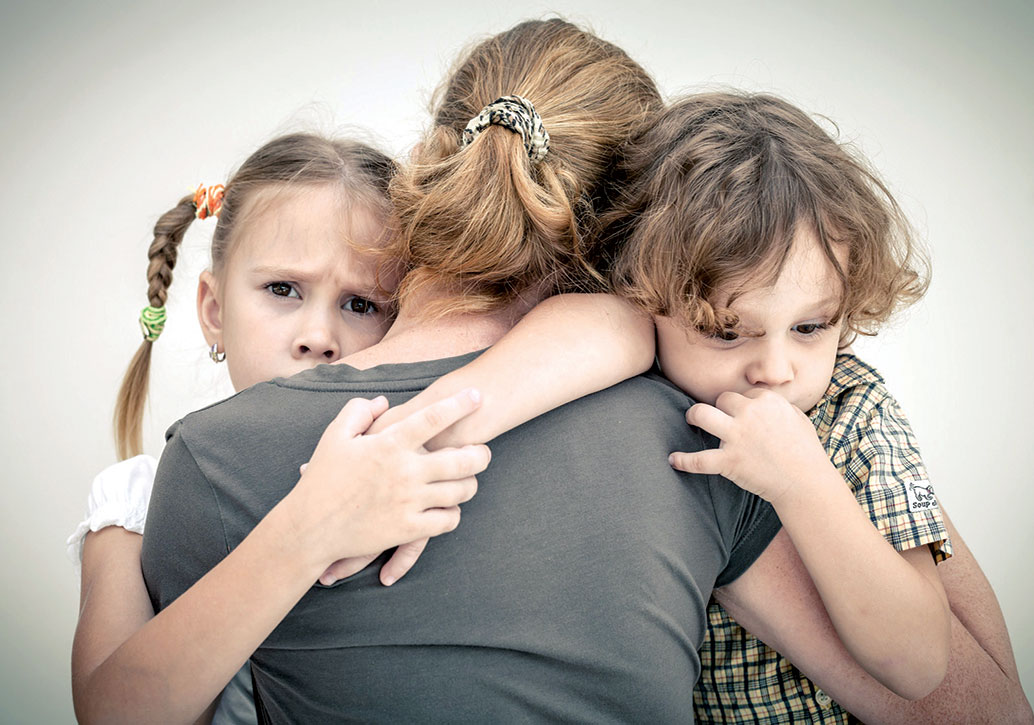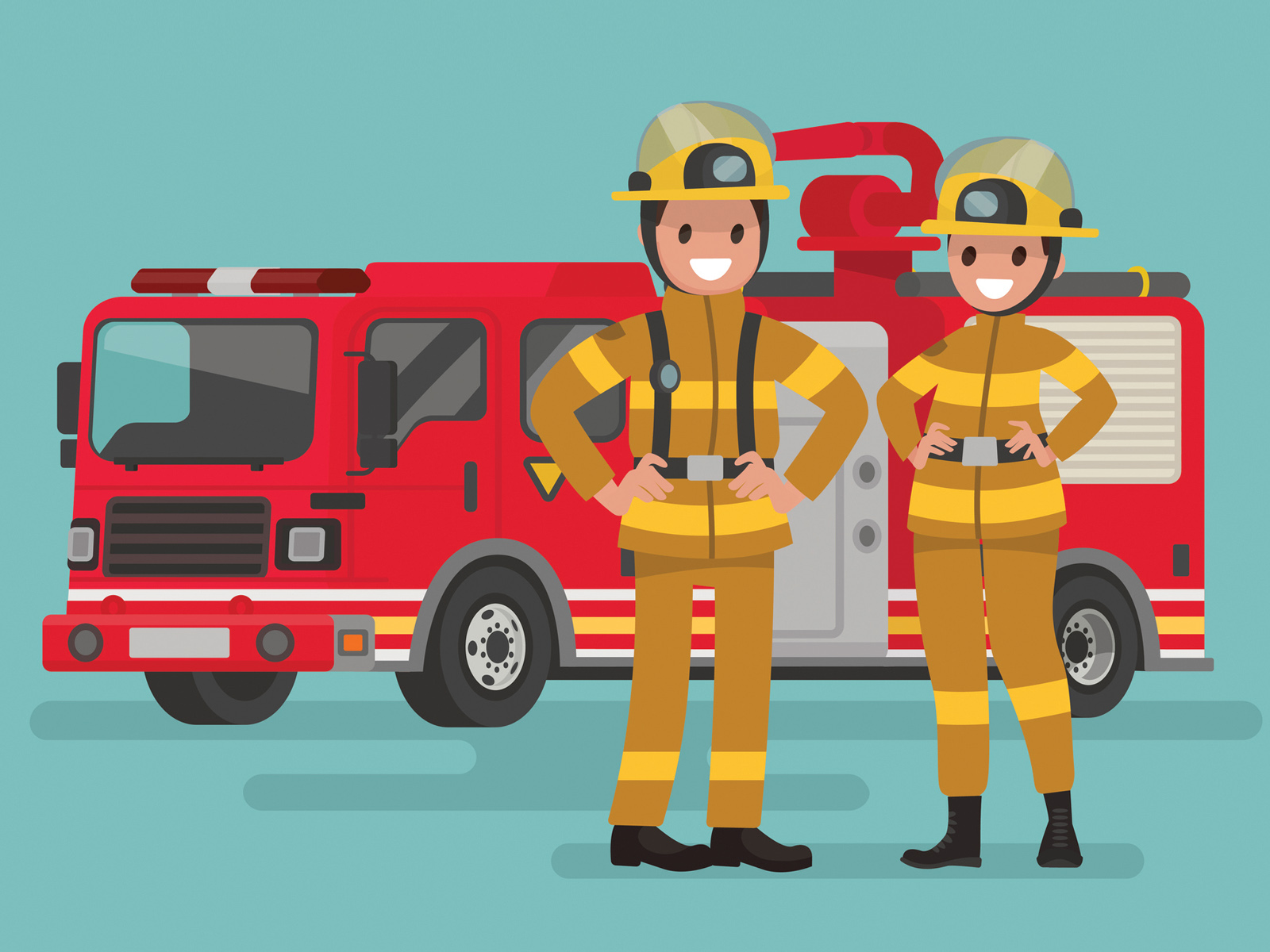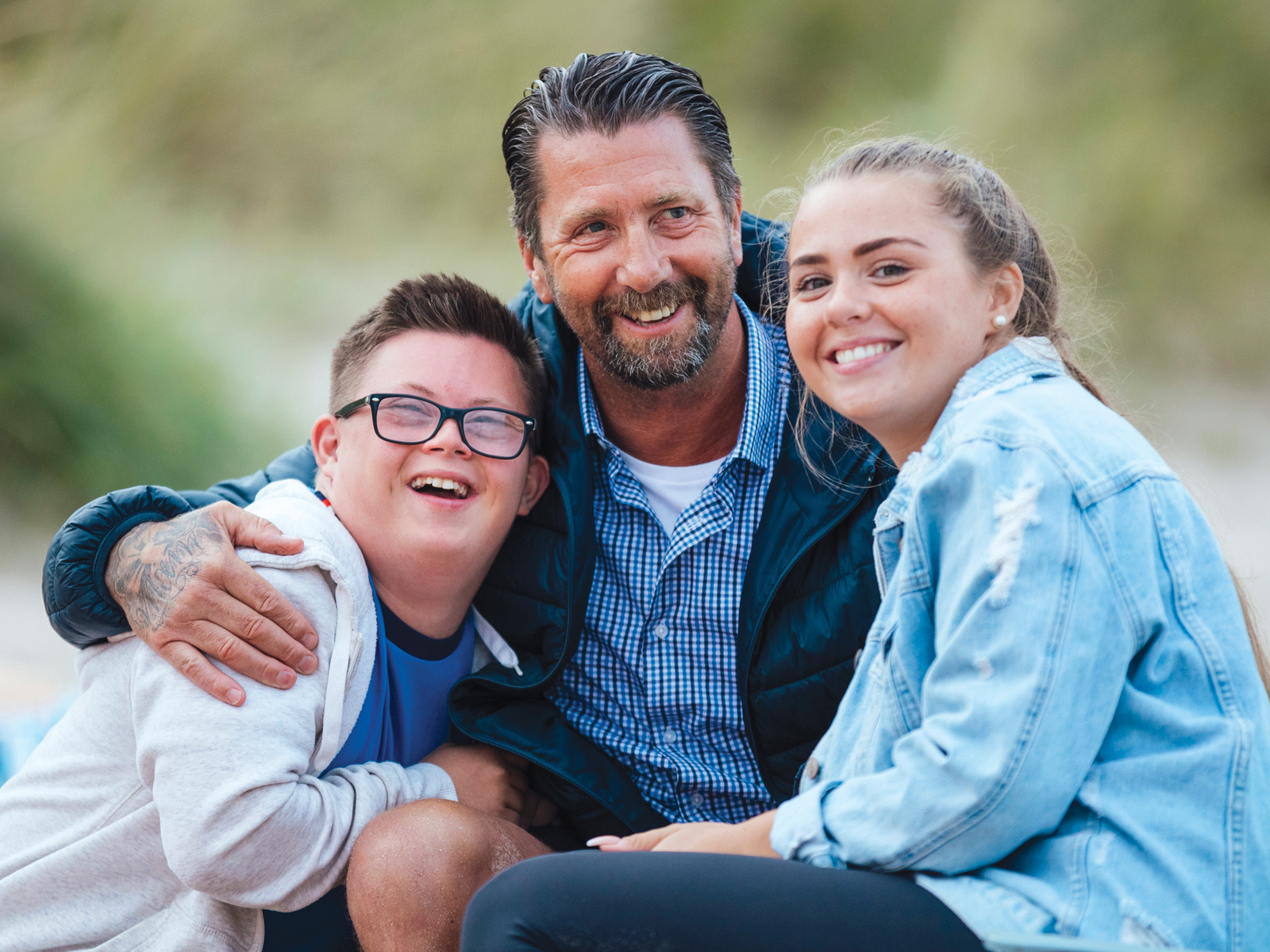A parent’s guide to understanding what’s happening when your child suffers from regular anxiety or panic attacks.
Does any of this sound like your child or teen?
- clinging, crying and/or tantrums when you separate;
- excessive shyness or avoiding social situations;
- constant worrying;
- avoiding situations or places because of fears;
- complaints of frequent stomachaches or headaches; or
- experiencing sudden and frequent panic attacks.
If so, your child may be experiencing anxiety
As a parent of an anxious child, you are not alone. Anxiety is the most common mental health concern for children and adults. Because anxious children and teens are often quiet and compliant, they frequently go unnoticed by their parents and teachers. As a result, many never receive the help they desperately need. Untreated anxiety can lead to other problems later in life, such as depression, missed opportunities in career and relationships, increased substance use and an overall decreased quality of life.
Parents often say they knew, even in their child’s early years, that there was something different about their child, but Did not immediately recognize it as an anxiety problem. Some waited for their child to “grow out of it,” never expecting it to become more debilitating over time. Parents of anxious children and teens are often confused about what to do, as well as frustrated and overwhelmed.
The good news: Anxiety can be successfully managed. And parents play an essential role in helping their child or teen manage the condition. When coping skills and brave behaviour are rewarded and rolemodelled in the home, children and teens can learn to face their fears, take risks and, ultimately, gain confidence.
What you (and your child) need to know about anxiety
It is normal. Everyone experiences anxiety at some point in time. For example, it is normal to feel anxious when on a roller coaster or before an exam.
It is not dangerous. Anxiety feels uncomfortable but it is temporary, and will eventually decrease. It is adaptive. Anxiety helps us prepare for real danger, such as crossing a busy street.
It can also help us perform at our best, and motivate us to study for an exam or practise for a big game. When we experience anxiety, it triggers our “fight-flight-freeze” response And prepares our body to react. For instance, our heart beats faster to pump blood to our muscles so we have the energy to run away or fight off danger. Without it, we would not survive.
However, anxiety becomes a problem when the body reacts in the absence of real danger.
What is panic disorder?
Our bodies have an alarm system, just as houses and cars do. This alarm goes off to tell us danger is present and we had better get ready for action. It probably worked very well in situations where we were confronting wild animals on a daily basis; in our modern world, however, we shouldn’t need to use this system very often, except in real physical danger. But sometimes this alarm system goes off anyways, just like a “false alarm” in your house or car.
Panic disorder is like having an overactive alarm system, where panic attacks seem to occur for no good reason. The problem is, just like a loud alarm system, the attack itself is very frightening. Treatment for panic disorder focuses on resetting the alarm system to make it less sensitive, and teaching people how to overcome the fears created by the attacks.
What are panic attacks?
A panic attack is a sudden, terrifying feeling of fear together with symptoms of anxiety. Physical symptoms that might occur include:
- racing heart or fast breathing;
- a choking feeling;
- dizziness, sweating;
- chills or flushing;
- upset stomach;
- changed vision or hearing; and
- tingling in the hands and feet.
Thoughts and feelings that might occur include:
- terrified feeling;
- fear of losing control; and
- fear of fainting or dying.
This whole experience can last for five to 20 minutes, and may leave an anxious feeling behind even after it is gone. The most common result of having panic attacks is that people avoid the situation in which an attack occurred. This can lead to phobia.
What is the difference between a panic attack and a panic disorder?
Panic attacks are quite common, with a third of people having an attack at least once in their lifetime, usually in a stressful situation or when they are overtired or have had too much caffeine.
Panic disorder is much less common, occurring in about two per 100 people. In panic disorder, recurrent panic attacks occur frequently for no apparent reason, or cause such anxiety that people can’t go on with their usual activities. They may feel afraid to leave the house, be fearful of being alone, withdraw from school or other activities, or lie awake at night worrying.
When panic occurs in young people, they often can’t explain to anyone what is happening, and may become very upset, angry or withdrawn, or refuse to go to school, without being able to explain why. Adults may become frustrated because they cannot understand why the child is behaving so differently. In many cases, panic symptoms are so dramatic and physical that children or teens are investigated for all kinds of medical problems with their heart or stomach, or are even thought to be having seizures, until someone figures out the real cause of the symptoms.
What causes panic attacks?
The tendency to have panic attacks runs in families and they’re triggered by:
- lack of sleep and not eating regularly;
- caffeine in soft drinks, coffee and tea;
- alcohol and marijuana;
- overwhelming stress;
- certain situations or phobias;
- certain times such as the onset of adolescence;
- medical problems such as overactive thyroid; and
- some medications, especially for asthma.
Although stress may play a role by upsetting sleep or increasing the sensitivity of a “panic alarm,” panic attacks occur even when people are not particularly nervous or stressed.
Treatment options
Stopping panic attacks is in fact often easier than clearing up the behavioural problems that result. This includes temper tantrums and separation anxiety in younger children, refusal to go to school, phobias, worrying and general loss of confidence. Here are some things that can help:
1. Get enough sleep and eat regularly.
2. Establish a regular routine.
3. Set consistent, confident limit-setting with fair consequences and rewards for success.
4. Face the fears. “Practise” going into feared situations, starting with a short period of time (15-20 min) and working up. Having a trusted person along at first can help. It is important to stay there if a panic attack does occur, as running away will worsen the avoidance problem in the future.
5. Re-build confidence. Develop assertiveness and social skills by joining activities, practising calling friends, becoming more physically active, and taking some risks.
6. Change “self-talk.” When people have panic attacks, they tend to develop “worst case scenario” thinking about everyday stresses. Encourage your child to talk positive of themselves.
7. Control the worries. Learn tools to control worries such as locking them up in a “worry box”, writing them down, or talking them over with someone. If you’d like to look for more resources, start with your family doctor or local Mental Health Centre for more information.
Excerpted from Panic Disorder in Young People and reprinted with permission from anxietybc.com.














